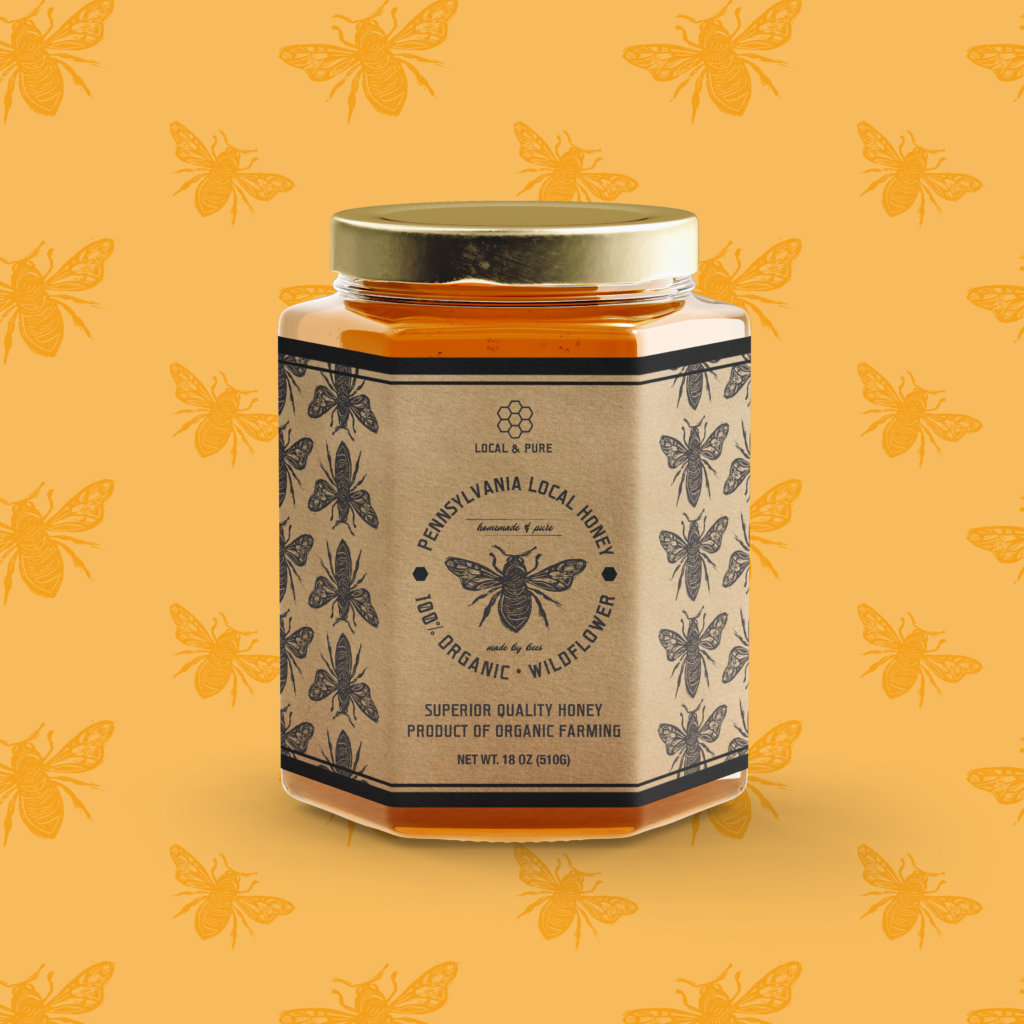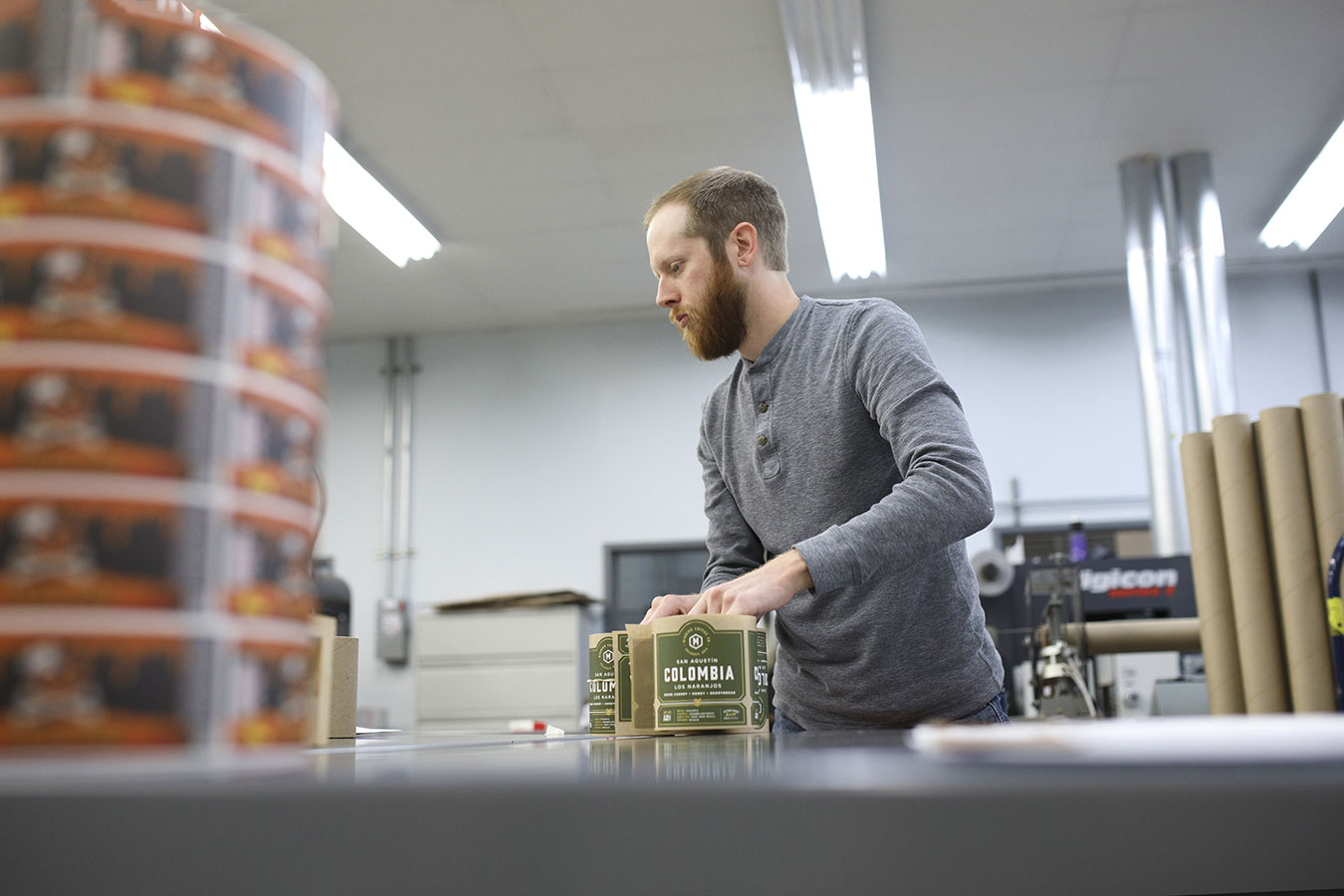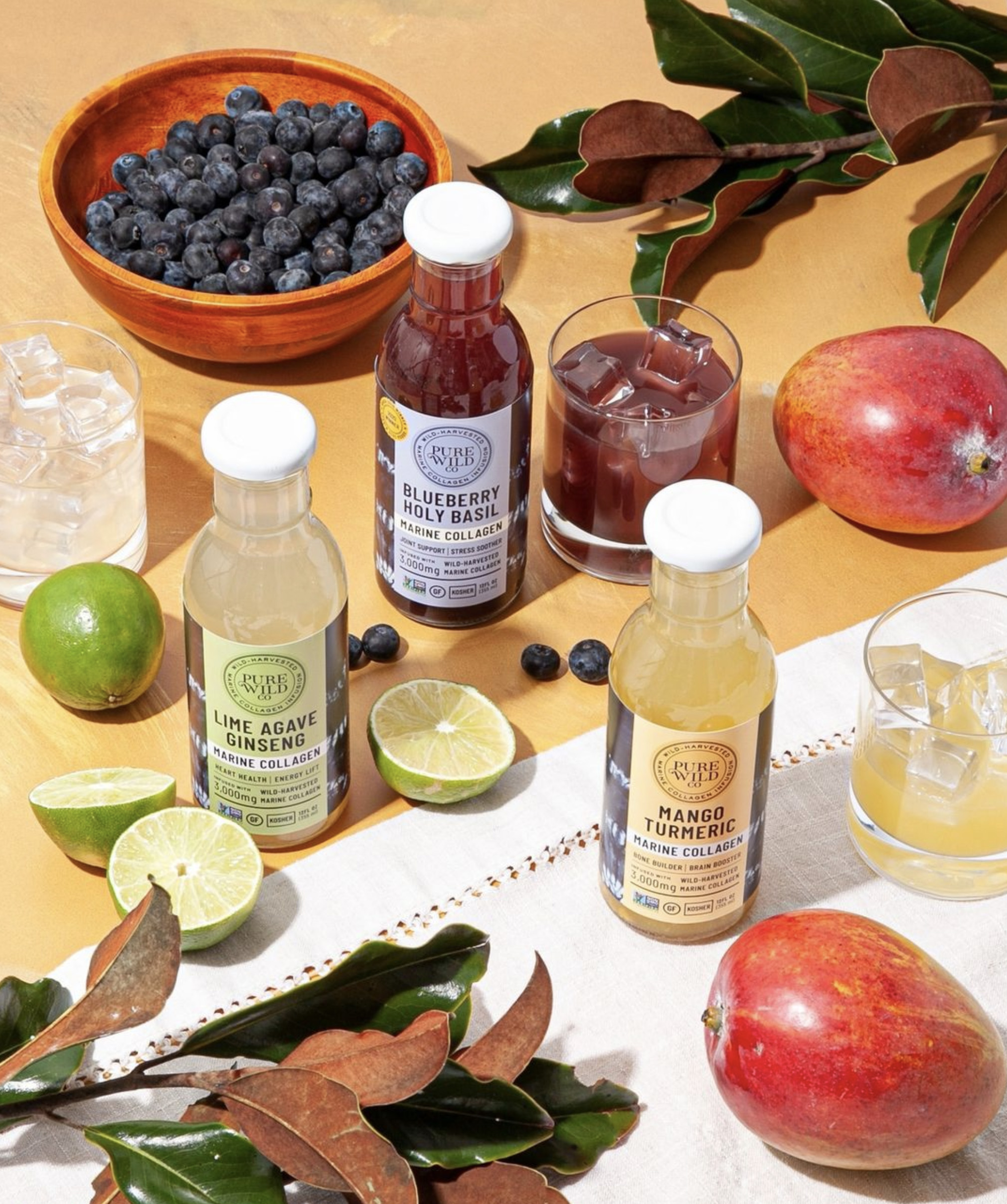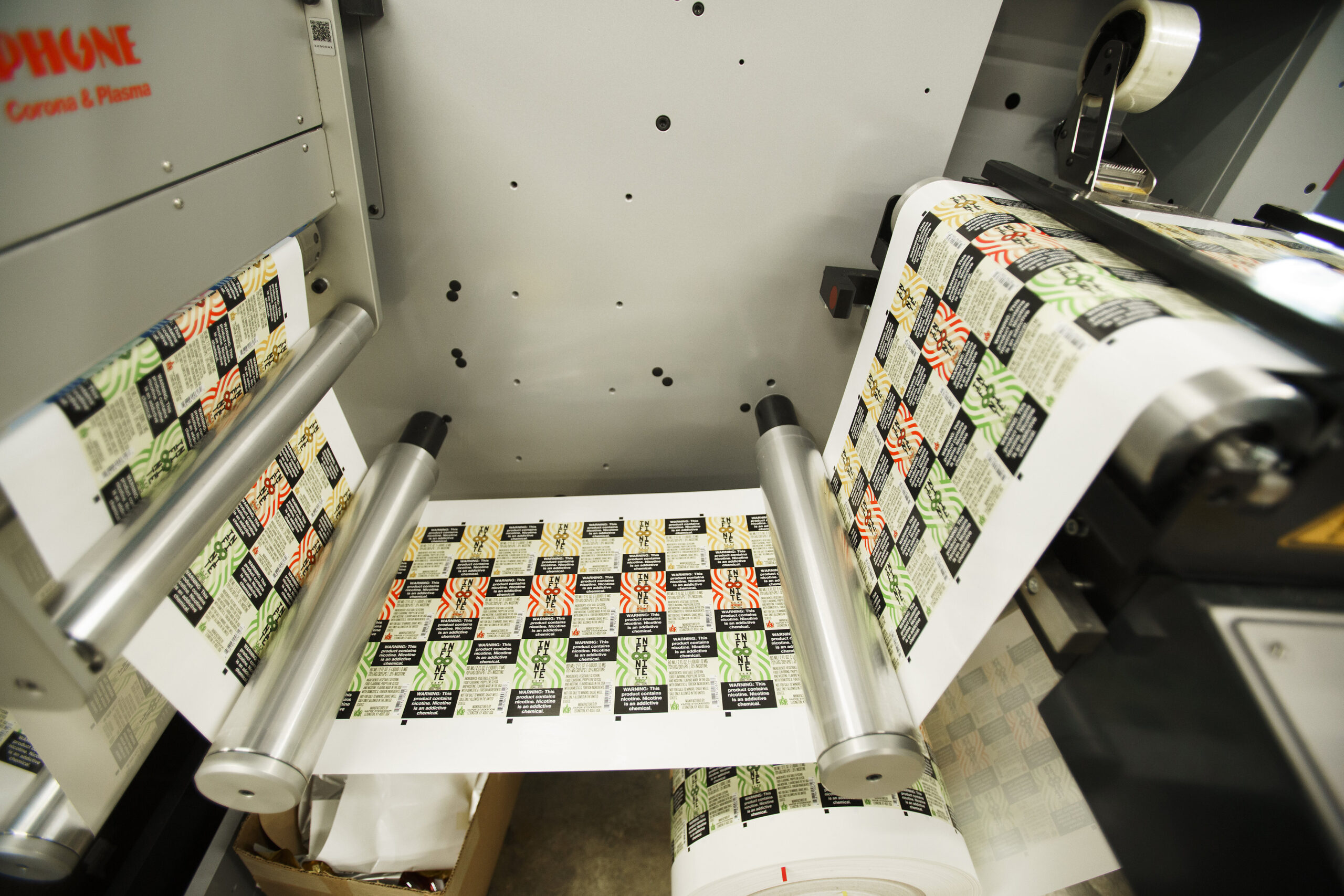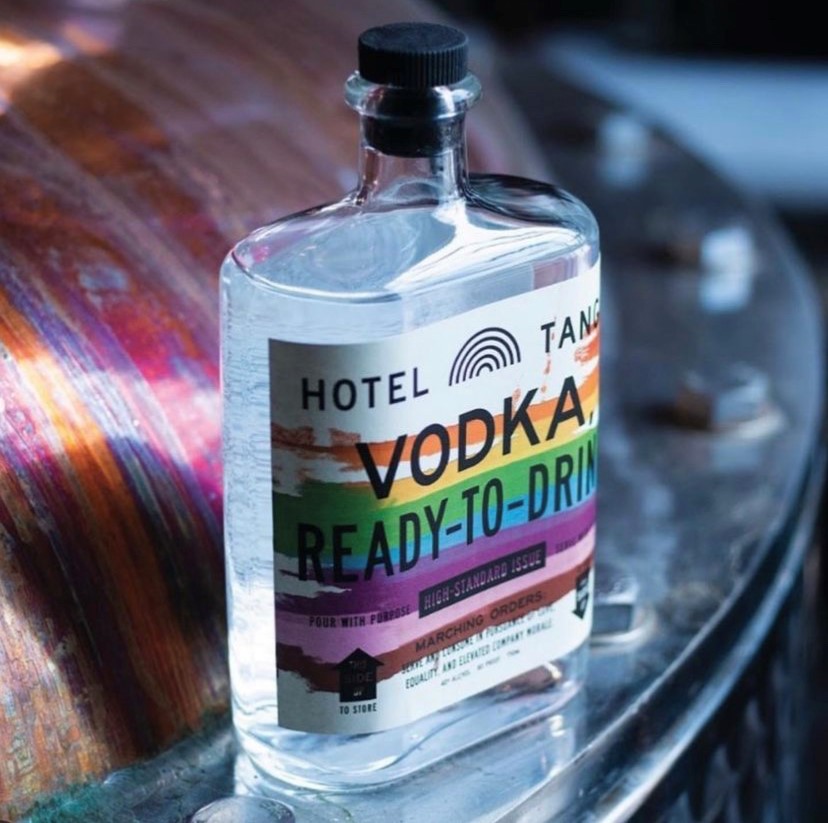Organic Food Label Regulations and Labeling Requirements
- compliance
- COR
- Fair Trade
- organic
- regulations
- USDA
⚞ The Highlights:
- The USDA sets strict ingredient percentages and labeling tiers—like “100% Organic” or “Made with Organic”—so you can only use certain claims if you meet the right thresholds
- You need to include a USDA-accredited certifying agent on the package, which helps confirm your product actually meets organic standards
- The USDA Organic seal is optional in some cases, but if you decide to use it, you must follow specific guidelines for size, color, and placement
The line between what food is considered organic vs. nonorganic can be a tricky one. The U.S. Food & Drug Administration (USDA) has a strict set of standards for ingredients to qualify as organic, but the regulations don’t stop with the product.
Organic food labels are also judged by special regulations before they can wear the USDA organic seal. While general food and beverage labels must comply with the laws set by the USDA, any label with the term “organic” must also comply with the standards and regulations of the National Organic Program (NOP). NOP, which is overseen by the U.S. Department of Agriculture (USDA), sets some clear standards for which products can use the term “organic.”
Organic Labeling Regulations
Based on NOP, there are multiple levels of organic products depending on how much of a product is comprised of organic ingredients. If you are a farmer or food manufacturer, it’s important that you understand these organic labeling requirements so you can label your product properly.
100 percent organic
If a label says that a product is made of 100 percent organically produced ingredients (excluding salt and water, which are considered natural), it means everything must follow organic standards. Most raw, unprocessed farm products can be labeled as “100 percent organic” as well as value-added farm products like grain flours and rolled oats.
If the product is certified as 100 percent organic, the label may include the USDA organic seal, which can be downloaded from the USDA site. In addition, all organic ingredients must be marked with an asterisk in the information panel.
Organic
If your product is nearly 100 percent organic, but just misses the mark, you may still be in luck. NOP allows products to identify as organic if they are made of at least 95 percent organic ingredients (excluding salt and water). This means that up to 5 percent of your product’s ingredients may be nonorganic if they’re agricultural products that aren’t commercially available as organic and/or products on the Substances. Like 100 percent organic products, these labels may also use the USDA organic seal and must mark organic ingredients with an asterisk.
Made with organic ingredients
If a product is at least 70 percent organic, NOP does allow the label to read “made with organic _______” with up to three ingredients or ingredient categories at the end. However, it cannot state “made with organic ingredients” in general. The label must still mark the organic ingredients with an asterisk, but it can’t include the USDA organic seal.
Specific organic ingredients (Less than 70%)
If a product contains less than 70 percent organic ingredients, it cannot make any claims on the label about being organic. The only instance where the word organic may be used is in the ingredient statement (e.g., organic lemon).
USDA Certification
No matter which specification level your product falls under, your products must be certified by the USDA before they can claim to be organic. To become certified, the farm or business must adopt organic practices and submit both an application and fee to a USDA-accredited certifying agent.
These can be found through the USDA’s organic certifier locator. The agent will review to see if your practices comply with USDA organic regulations. In addition, an inspector will conduct an on-site inspection of your operation. After the inspection is done, a review should be completed within three months.
If the certifying agent and inspector both determine that you follow USDA organic regulations, you will receive organic certification. You may then label your product—or the ingredients contained in your product—as organic. If you aren’t certified, you can face a fine of up to $11,000 per violation for labeling a product as “organic” without meeting USDA standards.
There is an exception for certification. Any operations “whose gross income from organic sales totals $5,000 or less” are not required to become certified by an accredited agent before selling organic products. However, you still must comply with NOP’s production and labeling requirements to label products as any level of organic. You may also want to determine if your product meets the FDA guidelines for using “natural” on your food label.
Fair Trade Certification
Fair Trade certification ensures that products are made according to rigorous fair trade standards, promoting equitable trading conditions, fair wages, and sustainable livelihoods for farmers and workers. This certification also emphasizes environmental sustainability. Including Fair Trade certification on your organic product labels can boost marketability and consumer trust.
What Manufacturers Need to Know to Comply with Fair Trade Standards
To comply with fair trade standards and include Fair Trade certification on your labels, you need to be aware of the following:
- Certifying Bodies: Fair Trade certifications are provided by various organizations, such as Fair Trade USA, Fairtrade International, and Fair for Life. Each certification body has specific criteria and standards.
- Compliance Requirements: Adherence to fair wages, safe working conditions, and environmentally friendly practices is essential. Regular audits and thorough documentation of supply chain practices are required to maintain certification.
- Labeling Guidelines: Products that meet Fair Trade standards are eligible to display the Fair Trade seal. This seal should be used in accordance with the guidelines set by the certifying body.
Requirements for Fair Trade Labels
Manufacturers looking to include Fair Trade certification on their organic product labels must ensure the following:
- Certification Body Approval: Ensure that your products are certified by a recognized fair trade certification body. This involves meeting all the standards and passing the required audits.
- Fair Trade Seal: Use the Fair Trade seal correctly. The seal should be placed prominently on the product label to signal compliance with fair trade standards.
- Clear Representation: If combining Fair Trade and organic certifications, ensure that both certifications are clearly represented on the label without causing confusion.
- Documentation and Transparency: Maintain comprehensive documentation of your supply chain to demonstrate compliance with fair trade standards. This includes records of fair wages, working conditions, and environmentally friendly practices.
Canada Organic Regime (COR) Certification
Canadian manufacturers and those selling in Canada need to adhere to the Canada Organic Regime (COR) for labeling organic products. The COR applies to both domestically produced and imported organic products sold in Canada.
To be certified, products must comply with standards that include:
- Restriction of certain synthetic fertilizers
- Limitation of non-organic ingredients to less than 5%
Certified products must display the COR seal, indicating adherence to these standards. Labels also need to include the name of the certification body.
The certification program ensures that all organic claims are verified and enhances consumer trust and product marketability.
What about Pesticides?
While mentioning chemical pesticides on labels is not typically required by governing bodies like the USDA, voluntarily providing information about pesticide use or the absence of pesticide residues can offer some benefits.
Including statements such as “No synthetic pesticides used” or “Pesticide-free” can build consumer trust by transparently addressing questions or concerns about pesticide usage. This transparency can differentiate products in a competitive market, appealing to consumers who prioritize health and environmental safety.
How to Include Pesticide Information:
- Label Statements like “No synthetic pesticides used” and “Pesticide-free”
- Ingredient Panels that detail the types of natural pesticides used, if any
- QR Codes that link to detailed farming practice information on the company’s website
Investing in Quality Organic Food Labels
Adhering to organic regulations can be tough, but it can be well worth it when the organic food and beverage market is expected to surpass $320 billion by 2025. However, a competitive market calls for more than labels that simply follow regulations. Your organic food labels are a chance to make your products stand out from the competition.
To appeal to health-conscious consumers, you need specialty food labels that represent your brand. It’s also important to consider using environmentally friendly materials that align with your product.
Materials for Organic Labels
Choosing sustainable label materials to pair with your product is important for maintaining the integrity and overall sustainability of organic products. Eco-friendly product labels made from organic materials not only reduce environmental impact but also align with the product and brand’s values. Here are some options:
- Recycled Paper Labels: Made from post-consumer waste, these labels reduce the need for virgin paper production and come in various finishes.
- Biodegradable and Compostable Labels: Composed of PLA (polylactic acid) from cornstarch, these labels decompose completely in composting conditions, minimizing landfill waste.
- FSC-Certified Paper: Sourced from responsibly managed forests, this paper ensures sustainable forestry practices and conservation efforts.
- Vellum Paper: Made from cellulose fibers, this biodegradable paper is sourced from sustainably managed forests.
As a full-service digital printing company, Blue Label gives you access to top-tier printing technology, even if you don’t want to order a huge run of labels. If you need a great design, our designer directory can help you find some talented professionals who can help you tell the story of your product. Once you have an approved label design, we can work with you to print organic food labels that are deserving of the products you sell.
Contact us today to learn more about our special printing techniques and how we can help you with your organic food labeling project.

